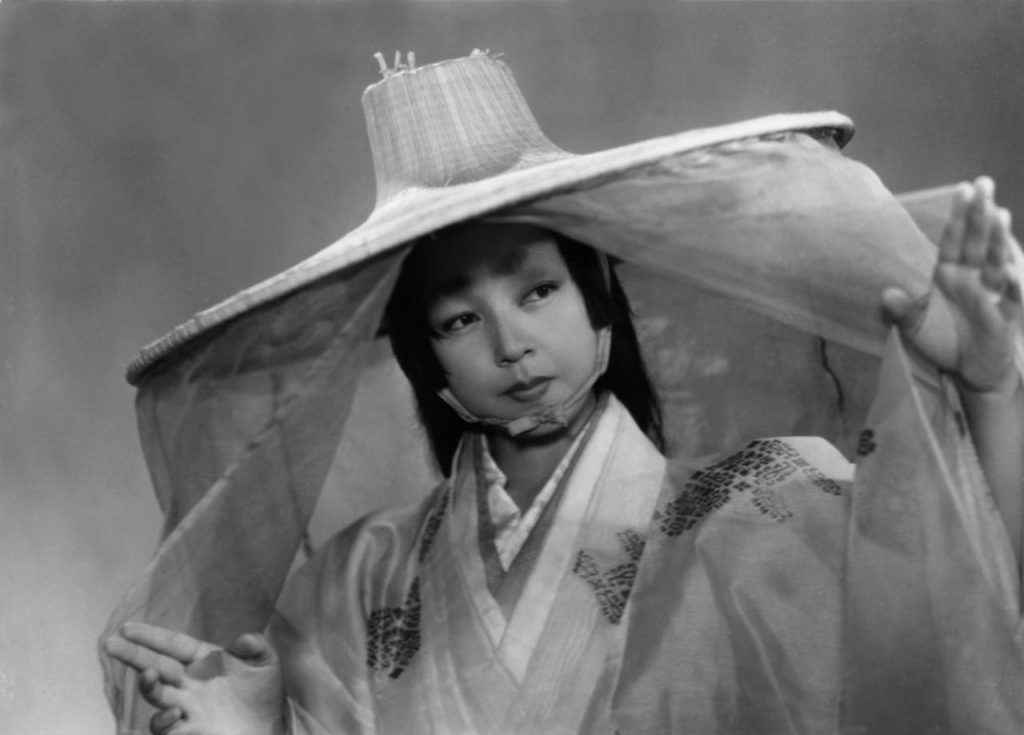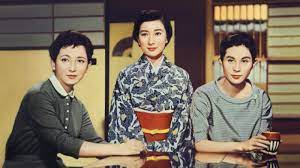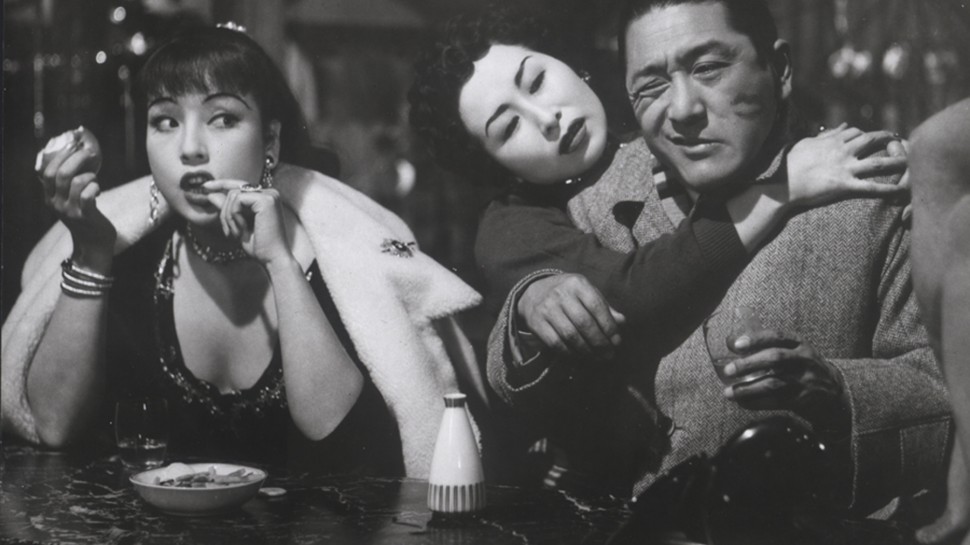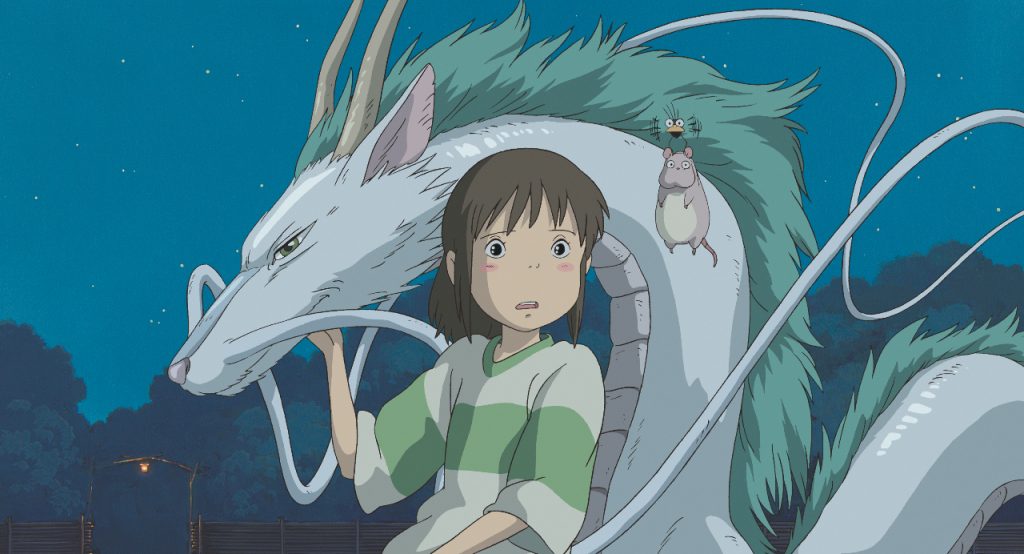Books: Japanese Cinema
September 6, 2022 · 0 comments
By Jasper Sharp.

There are many paths one might take through the vast and varied terrain of Japanese cinema. Peter Cowie’s addition to the ever-expanding range of publications on a subject – so thoroughly pioneered, surveyed and demarcated by fans, pundits and scholars alike over the decades – provides cause for thought that there is still room for a more intimate and meditative engagement with the films and filmmakers that seem to characterise the national output.
The ground covered in Japanese Cinema: A Personal Journey is hardly fresh, with Cowie following closely in the footsteps of that early leader in the field, Donald Richie. Born in 1939, Cowie first began corresponding with the Tokyo-based Richie prior to launching the first edition of International Film Guide back in 1963, which he compiled and edited. Richie’s role in shaping his view of the cherry-blossomed landscapes of Japan is palpable.
Cowie cites several other personal influences in his early education in Japanophilia too: John Gillett, the programmer at London’s National Film Theatre at the turn of the 1960s, and “Madame” Kawakita, the wife of Nagamasa Kawakita whose distribution company Towa Trading introduced to the West to so many of the classic titles we now know and love (“Hastening through the streets of Cannes in her kimono, offering a benign smile and bow to all her acquaintances en route, she kept up to the minute with developments at the festival”).

The picture painted in the preface is of a bygone age in which a small coterie of tastemakers and gatekeepers exerted a significant role. Cowie himself visited Japan for the first time in 1978, fairly late in his career and long after his first exposure to the works of Kurosawa in his youth, growing up in “the bucolic depths of Gloucestershire”, and his subsequent education at Cambridge when the works of this director, and of his refined counterparts Ozu and Mizuguchi, reached the local arts cinema along with those of other world masters such as Fellini, Bergman and Satyajit Ray. It presents a vivid, and I’d say valid, portrait of what films could be seen, where they could be seen, what information was available about them, which of them should be treated seriously, and the discourse surrounding them.
Cowie’s filmic education is from an era long before the internet, DVDs and cheap travel all worked to erode the facade of mystique certain factions in the Japanese cultural industries have built up around the country. On the downside, his disclaimer in the introduction that he is not writing a comprehensive history of Japanese cinema, as “that has already been done brilliantly by Tadao Sato, and in English by Donald Richie and Joseph Anderson”, effectively discounts anything published by a writer born after the post-war period, yet alone the thorough scholarship that has emerged in particular over the past twenty or so years. Cowie also provides no room for discussion of J-horror, kaiju eiga, yakuza movies or other populist genres, and there’s a slightly fuddy-duddy air to his perplexing descriptions of the work of Seijun Suzuki as “ferocious” and Kitano’s as “diverse and diverting”.

Unsurprising then that Kurosawa, Ozu and Mizoguchi each have whole chapters devoted to them. Indeed, over half of the book focusses on the output of the auteurs of the Golden Age of the 1950s or the New Wave of the 1960s that played the international art house circuit: Mikio Naruse, Kon Ichikawa, Masaki Kobayashi, Nagisa Oshima et al.
While the ground covered isn’t entirely new, I’ve argued that despite the numerous books written on Akira Kurosawa, for example, many of which I listed in an earlier review of Paul Anderer’s wonderful Kurosawa’s Rashomon: A Vanished City, a Lost Brother, and the Voice Inside His Iconic Filmsfrom 2016, the director’s work is so rich, diverse and, most importantly, well-circulated, that there is always room for new directions of approach. It’s an argument reinforced by the more recent publications of Peter Tasker’s highly enjoyable On Kurosawa: A Tribute to the Master Director (2019) and David Conrad’s Akira Kurosawa and Modern Japan (2022). Cowie’s overview of Kurosawa’s films in his first chapter, which include a personal recollection of meeting with the director at a festival in New Delhi in 1977, contain their own degree of insights worthy of deeper consideration.
In terms of more recent figures (i.e. filmmakers that are alive and still working), the focus remains on purveyors of humanistic dramas, with sections on Hirokazu Kore’eda (“If anyone in the new millennium can evoke the world of Mikio Naruse…”) and Naomi Kawase (“few would dispute her status as the most important female director in the history of Japanese cinema, although I find her work uneven, bland, and often exasperating”).

Of most interest to readers of this website is the final chapter, ‘The Animator as Auteur’, which focuses on Hayao Miyazaki and situates him both within this same lineage of filmmakers and as something of an heir to Edo-era artists like Hokusai (“Miyazaki, like all major artists, imposes a signature on his work that is unmistakeable”). The only chapter on animation in the book begins with a brief discussion of the works of Yoji Kuri, whose humorous short films may be tragically forgotten these days, but were widely appreciated at specialist short and animation film festival across the world in the 1960s. Pass over the regrettable fact that not once is Miyazaki’s long-time collaborator Isao Takahata mentioned within these pages, Cowie’s tone is wholeheartedly appreciative, comparing Miyazaki’s “meticulous devotion to the minutiae of pictorial composition” to the Pre-Raphaelite Brotherhood as he treats the reader to vivid descriptions of his much-loved films.
It’s may be nothing that hasn’t been covered before elsewhere and more thoroughly. Indeed, one might question more generally who this book is really aimed at, but couldn’t one say something similar about the proliferating number of more specialist academic publications that have pursued their authors’ ever narrower focuses on various individual areas of Japanese cinema over the years?
Where indeed does a newcomer looking for a bigger picture on Japanese film history turn to these days without going back to the more rigorous studies of yesteryear by authors such as Richie, Joan Mellen or Noel Burch? Cowie’s first-person narrative is sprightly and engaging, and while some of his observations may be slightly contentious, if you are looking for an easily digestible primer on classical Japanese cinema and its major practitioners, then this is as good a place to start as any.
Jasper Sharp is the author of The Historical Dictionary of Japanese Cinema. Peter Cowie’s Japanese Cinema: A Personal Journey is published by Stone Bridge Press.
Leave a Reply